Occupation Author Nationality Finnish | Name Vaino Linna Role Author | |
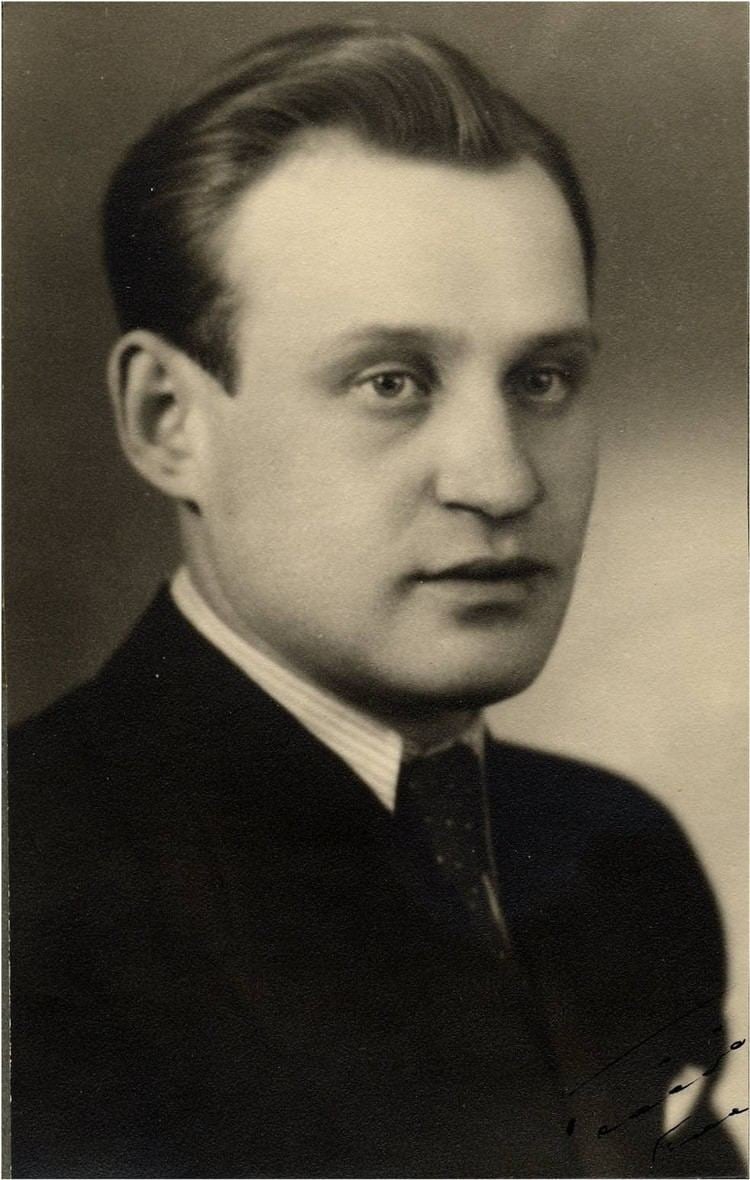 | ||
Born 20 December 1920Urjala, Finland ( 1920-12-20 ) Notable works The Unknown SoldierUnder the North Star trilogy Died April 21, 1992, Kangasala, Finland Spouse Kerttu Linna (m. 1945–1992) Books The Unknown Soldier, Soner av ett folk Children Sinikka Linna, Petteri Linna Movies The Unknown Soldier, Akseli and Elina, Sven Tuuva the Hero, Here - Beneath the North Similar People Edvin Laine, Rauni Mollberg, Johan Ludvig Runeberg, Fyodor Dostoyevsky, Matti Ranin | ||
Want to understand Finland and the Finns? Read these books!
Väinö Linna ( pronunciation ) (20 December 1920 – 21 April 1992) was a Finnish author. He gained literary fame with his third novel, Tuntematon sotilas (The Unknown Soldier, published in 1954), and consolidated his position with the trilogy Täällä Pohjantähden alla (Under the North Star, published in 1959–1963 and translated into English by Richard Impola).
Contents

Biography
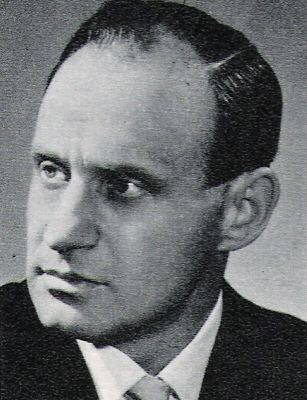
Väinö Linna was born in Urjala in the Pirkanmaa region. He was the seventh child of Viktor (Vihtori) Linna (1874–1928) and Johanna Maria (Maija) Linna (1888–1972). However, Linna's father, a butcher, died when Väinö Linna was only seven years old. Thus his mother had to support the entire family by working at a nearby manor. Despite his background, Linna's interest in literature began early on. As a child, Linna loved adventure novels which he borrowed from the local library. The author's education was, however, limited to six years at a public school which he finished in the mid-1930s. After working as a lumberjack and a farm hand at the same manor where his mother had worked, Linna moved to Tampere in 1938. Typical of his generation, the adolescent author-to-be moved from the countryside to a developing city in search of industrial labour which he found at the Finlayson textile mills.
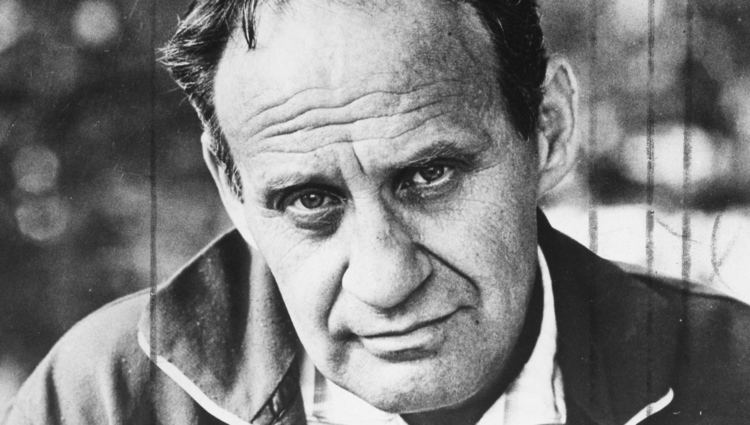
In 1940, Linna was conscripted into the army. The Second World War had broken out, and for Linna's part it meant participation in the Continuation War (1941–44). He fought on the eastern front. In addition to being a squad-leader, he wrote notes and observations about his and his unit's experiences. Already at this point Linna knew that writing would be his preferred occupation. However, failure to get the notes published led him to burn them. In spite of rejection, the idea of a novel, which would depict ordinary soldiers' views on war, would later lead him to write The Unknown Soldier.
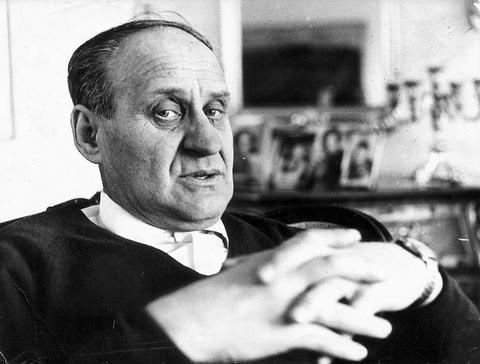
After the war, Linna got married and started writing whilst working at the mills during the day. Throughout his time at Finlayson, Väinö Linna read avidly. Such authors as Schopenhauer, Dostoyevsky, and Nietzsche gained Linna's respect. Linna later said that Erich Maria Remarque's All Quiet on the Western Front had also had a great influence on him. However, Linna's first two novels Päämäärä and Musta rakkaus sold poorly; he also wrote poetry but did not enjoy success with that either. Not until the release of The Unknown Soldier (1954) did he rise to fame. It is evident that at the time there was a distinct social need for a novel that would deal with the war and ordinary people's role in it. A decade after the peace treaty with the Soviet Union many Finns were ready to reminisce, some even in a critical manner. The Unknown Soldier satisfied that need completely, as its characters were unarguably more diverse, realistic yet heroic, than those of earlier Finnish war novels. The book soon became something of a best-seller, as it sold 175,000 copies in only six months – quite a lot for a Finnish novel in the 1950s. Yet, the reception of the book was harsh. In Finland's biggest newspaper, Helsingin Sanomat, the critic Toini Havu argued in her infamous review that Linna did not present his characters in a grand historical and ethical context, which she thought was crucial. Also modernists treated The Unknown Soldier with contempt. At the time Tuomas Anhava referred to The Unknown Soldier as a "boy's book" because of its action-packed storyline. The acceptance of the general public and Linna's determination were, however, enough to outdo the criticism in the end.

In the mid-50s, Linna moved to Hämeenkyrö and began to cultivate crops. In 1959, the first part of Under the North Star was released. The book was a success and other parts were to follow. The second part was published in 1960 and the final part in 1963. In 1964, Linna sold the farm and moved back to Tampere. This time he did not return to Finlayson, as he now could dedicate his life entirely to literature due to the financial success his works had earned him. He was given the honorary title of Academician in 1980, despite the fact that he had no higher education.
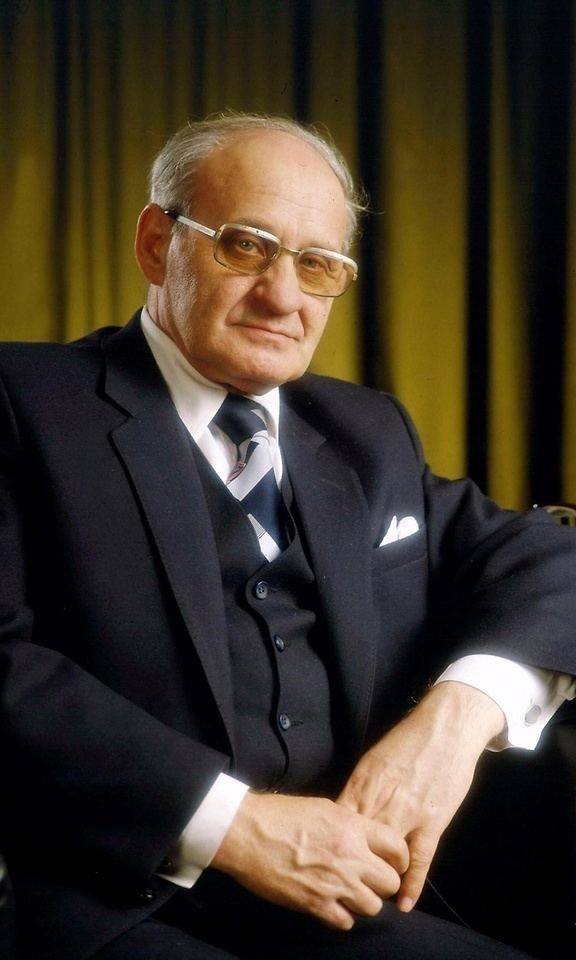
In 1984, Väinö Linna had a stroke, which caused him to lose the ability to speak. After some time he contracted cancer, which tired him out, leading to his death on 21 April 1992.
Literary works
Legacy
Linna's social realism has had a profound influence on Finnish social, political and cultural life. His novels have a place in Finland's literary canon, among Kalevala, Seven Brothers and other classics. Many quotations from his works are nowadays Finnish sayings. The opening line of Under the North Star, "In the beginning there were the swamp, the hoe – and Jussi", is recognized by most Finns as well as Rokka's famous exclamation, "Where do you need a real good man, here you have one!", from The Unknown Soldier. Showcasing the value of his legacy, Linna was pictured on the 20 markkaa banknote which was in use from 1993 to the introduction of the Euro. In addition, both of his major works have been filmed twice.
